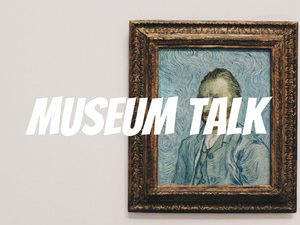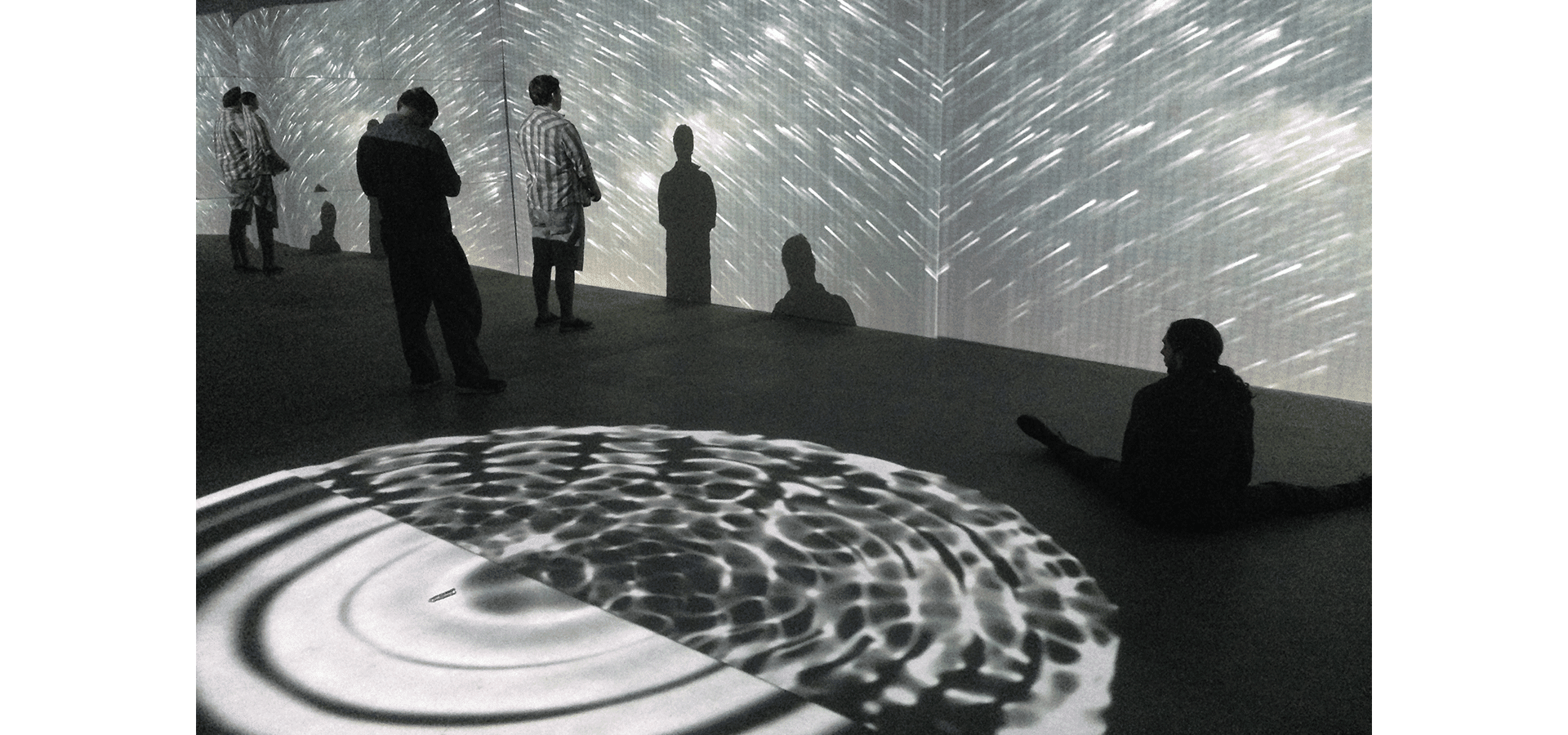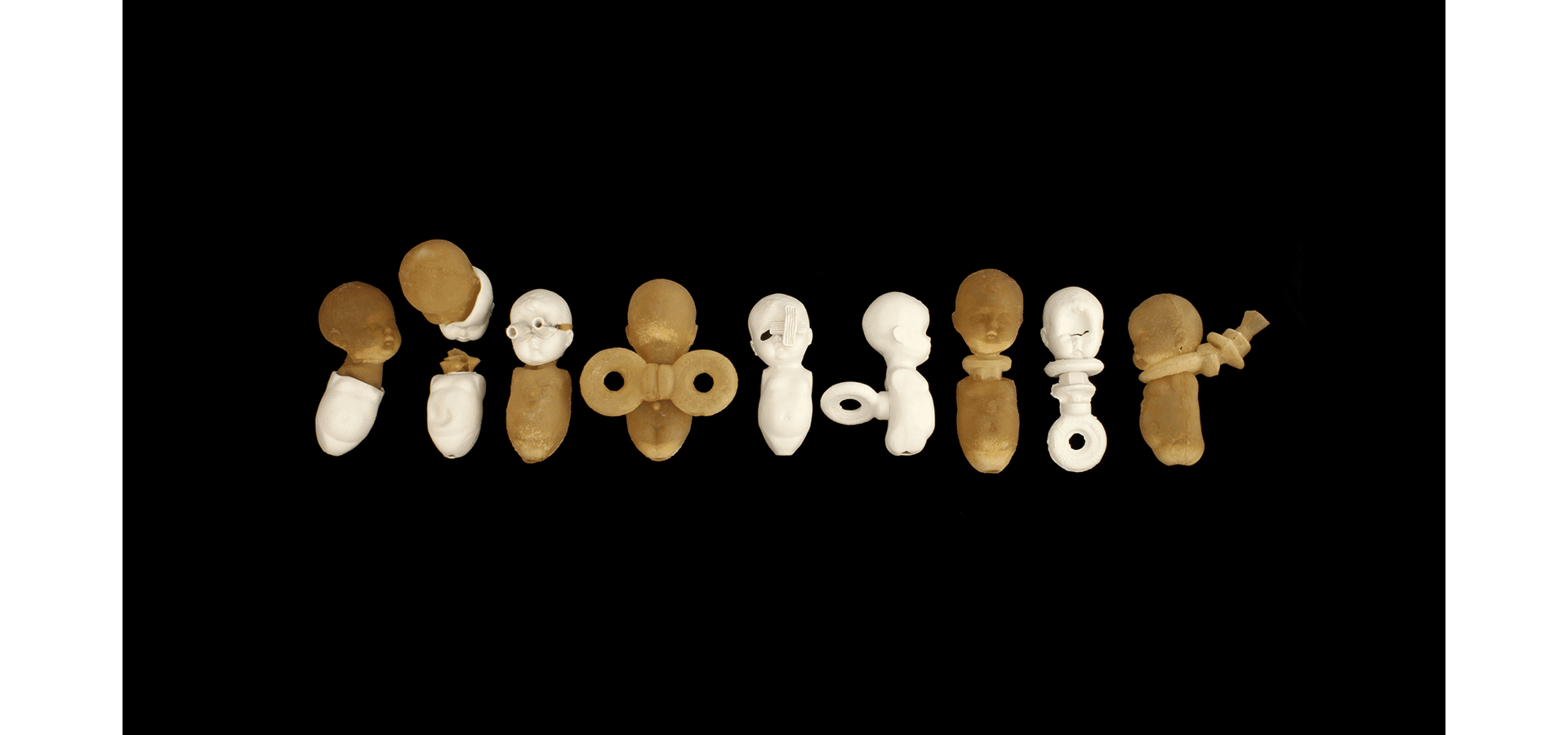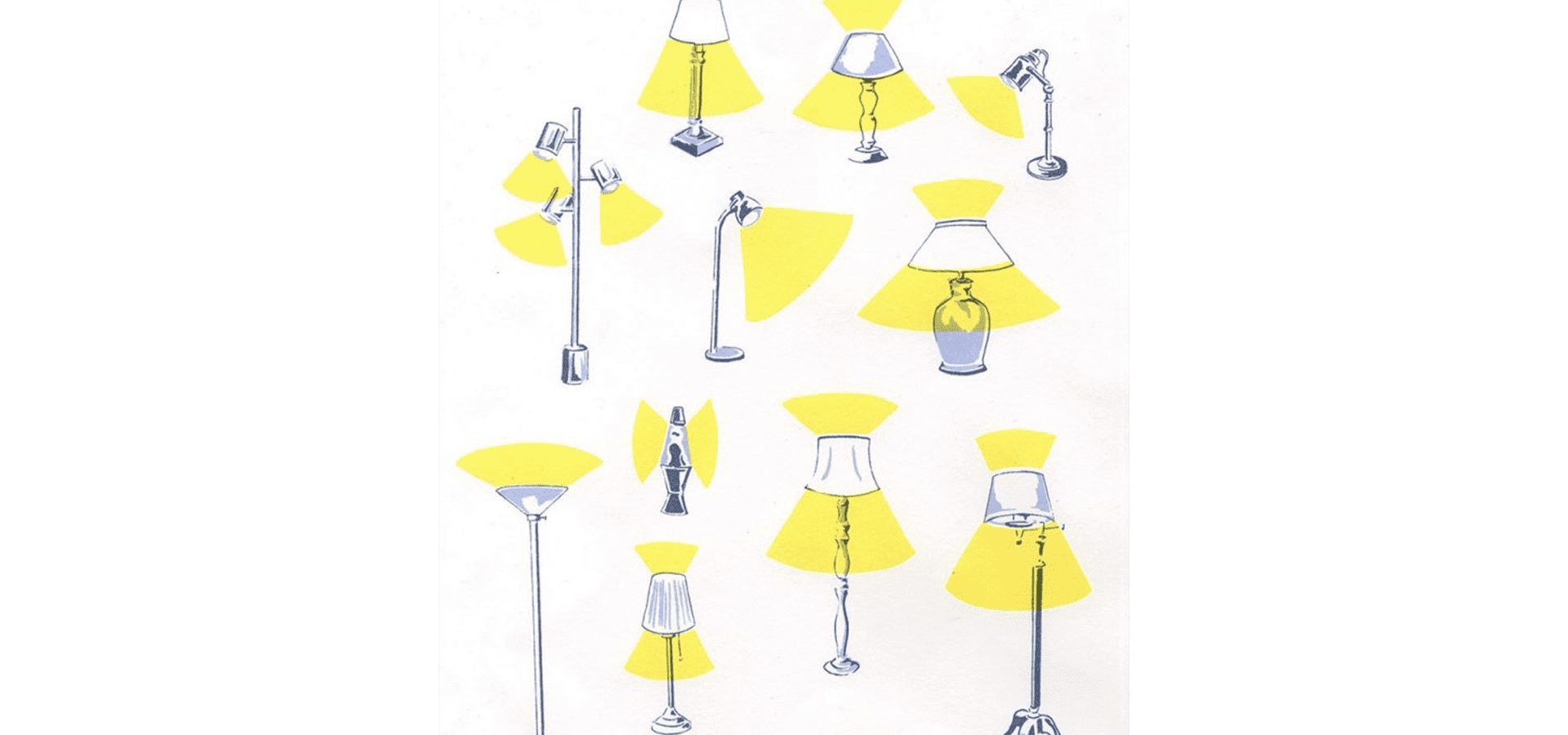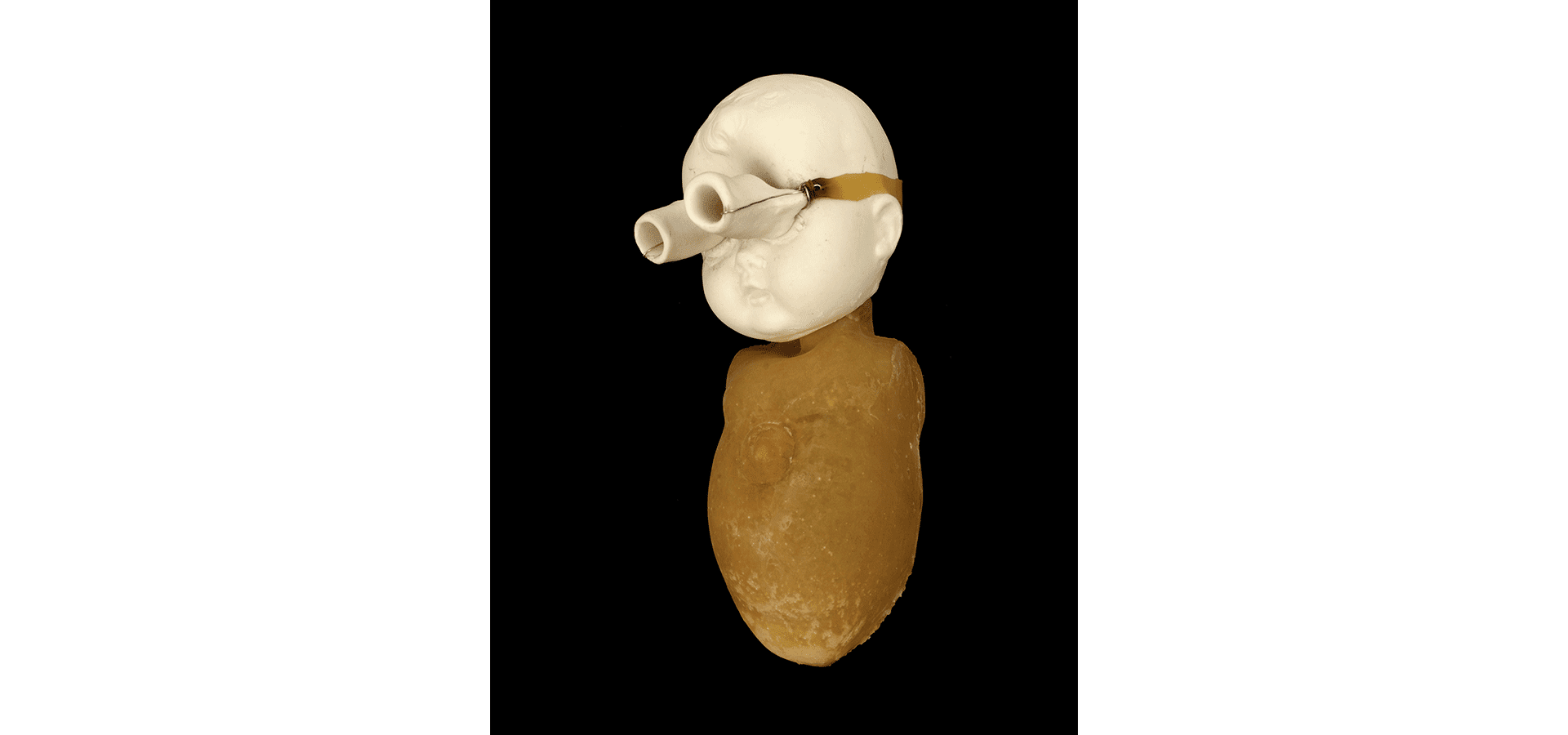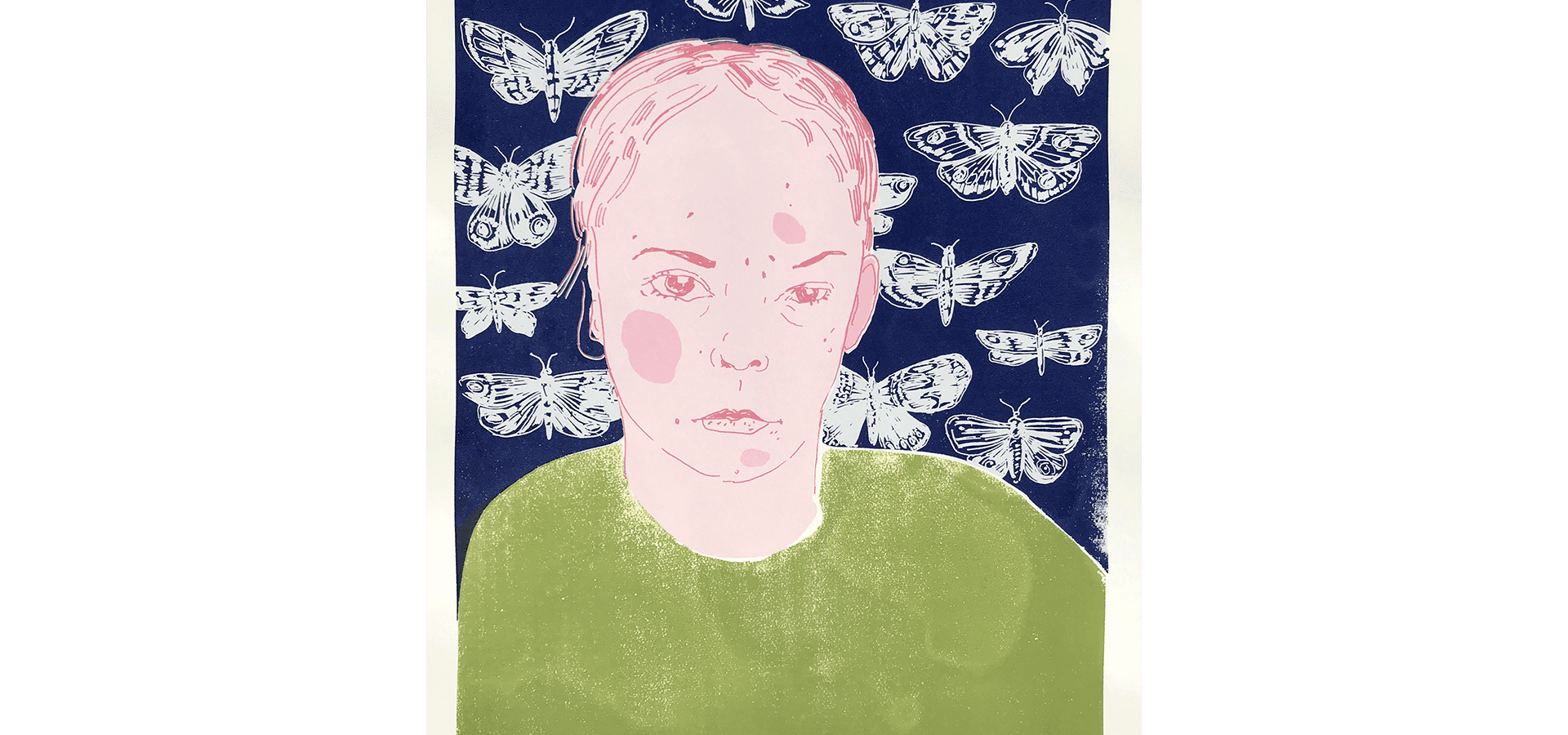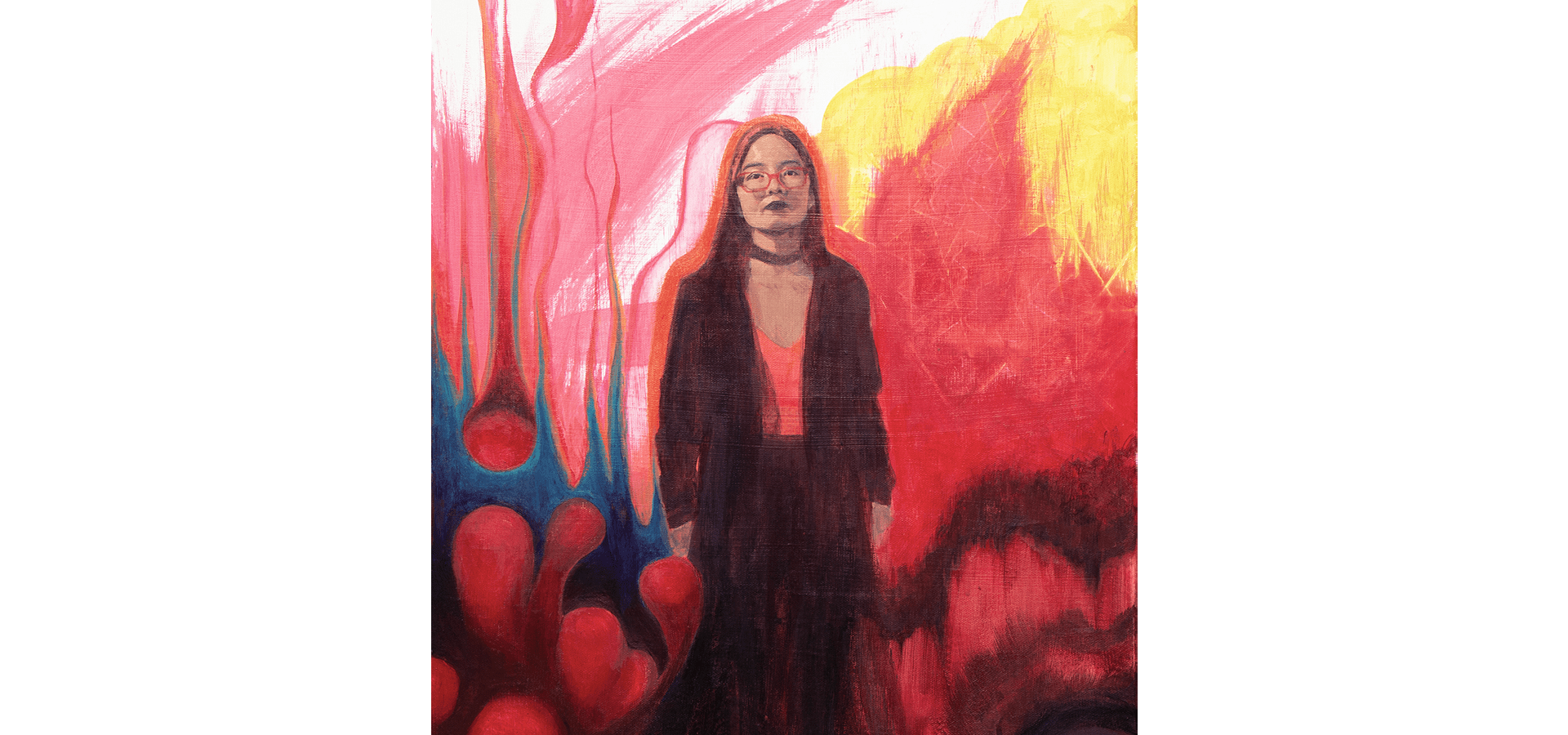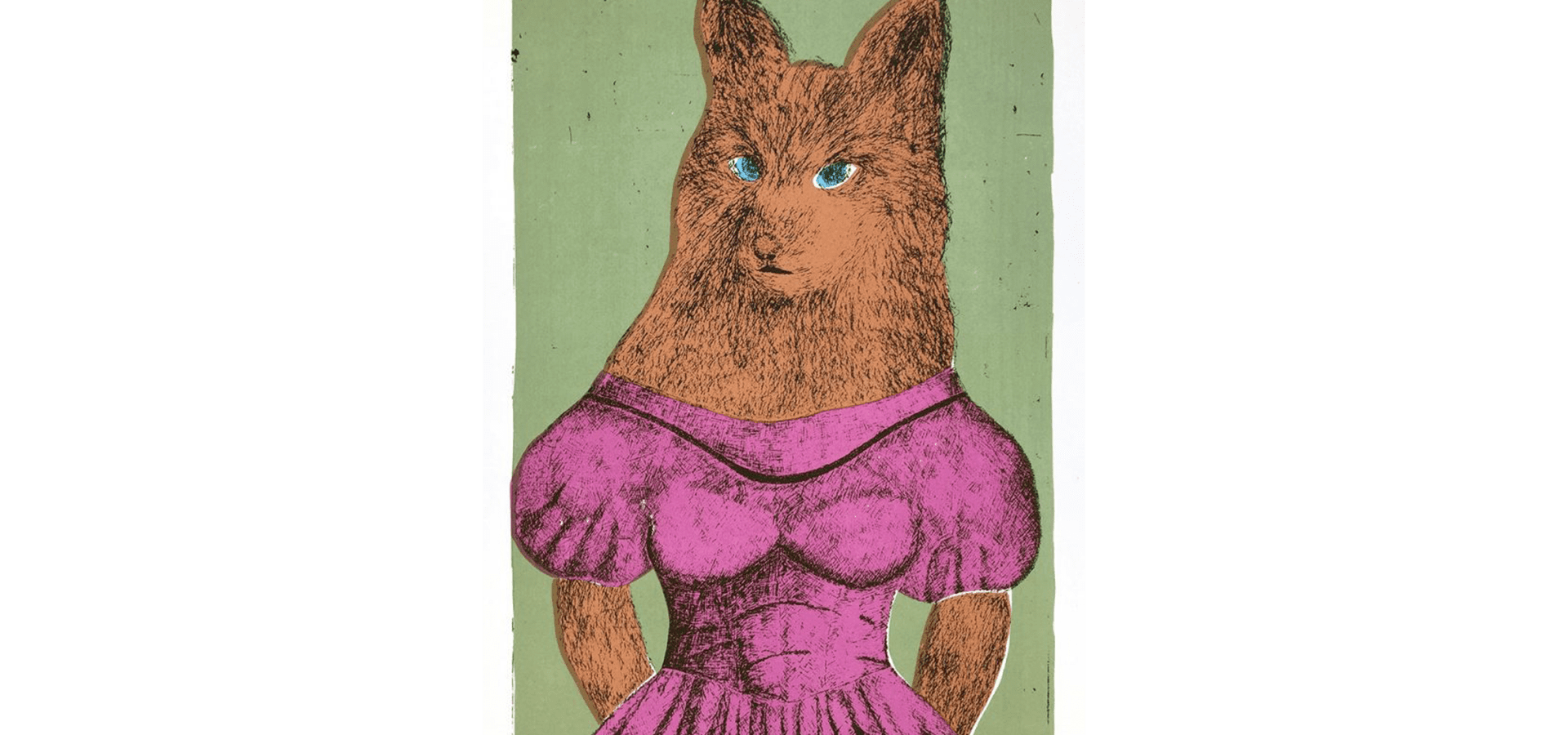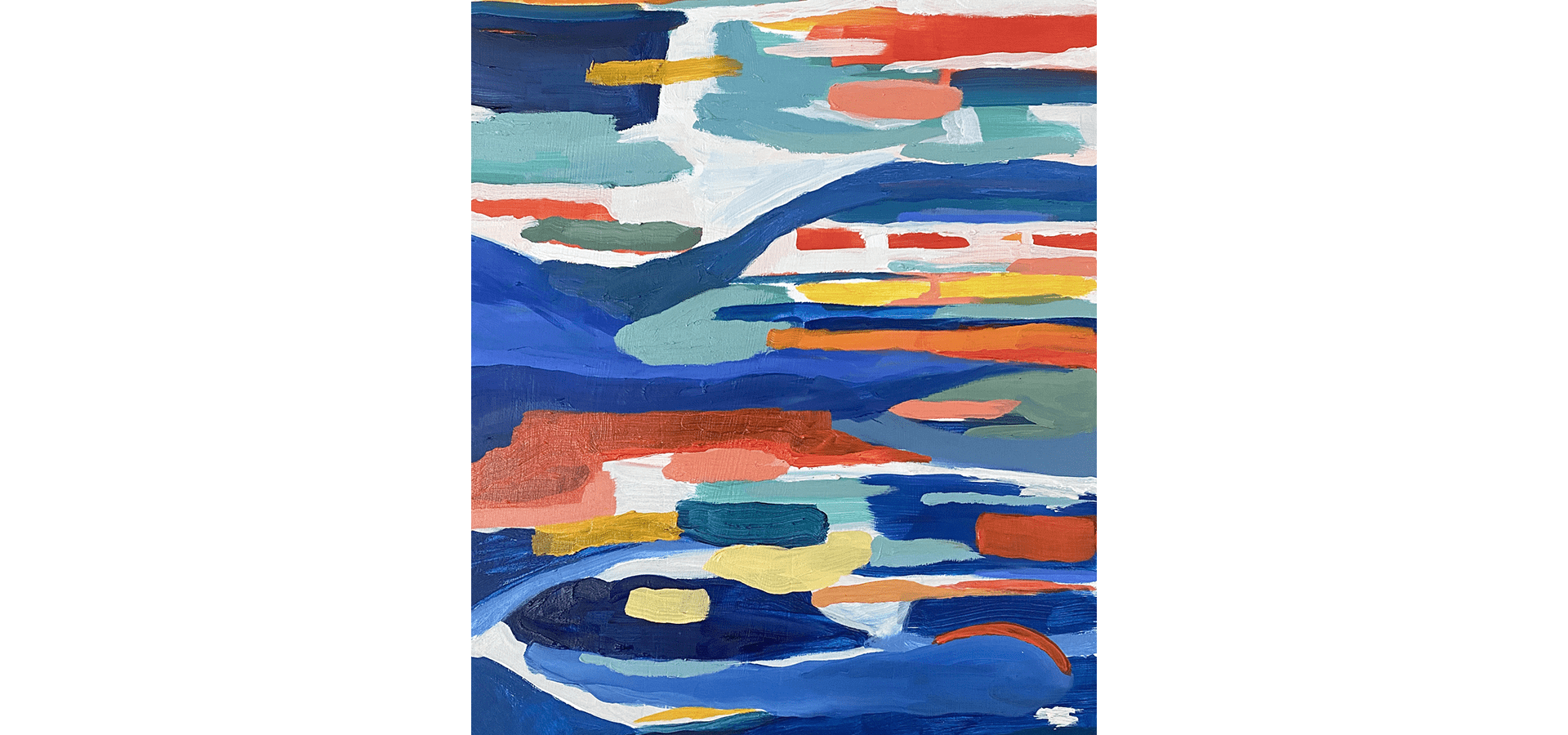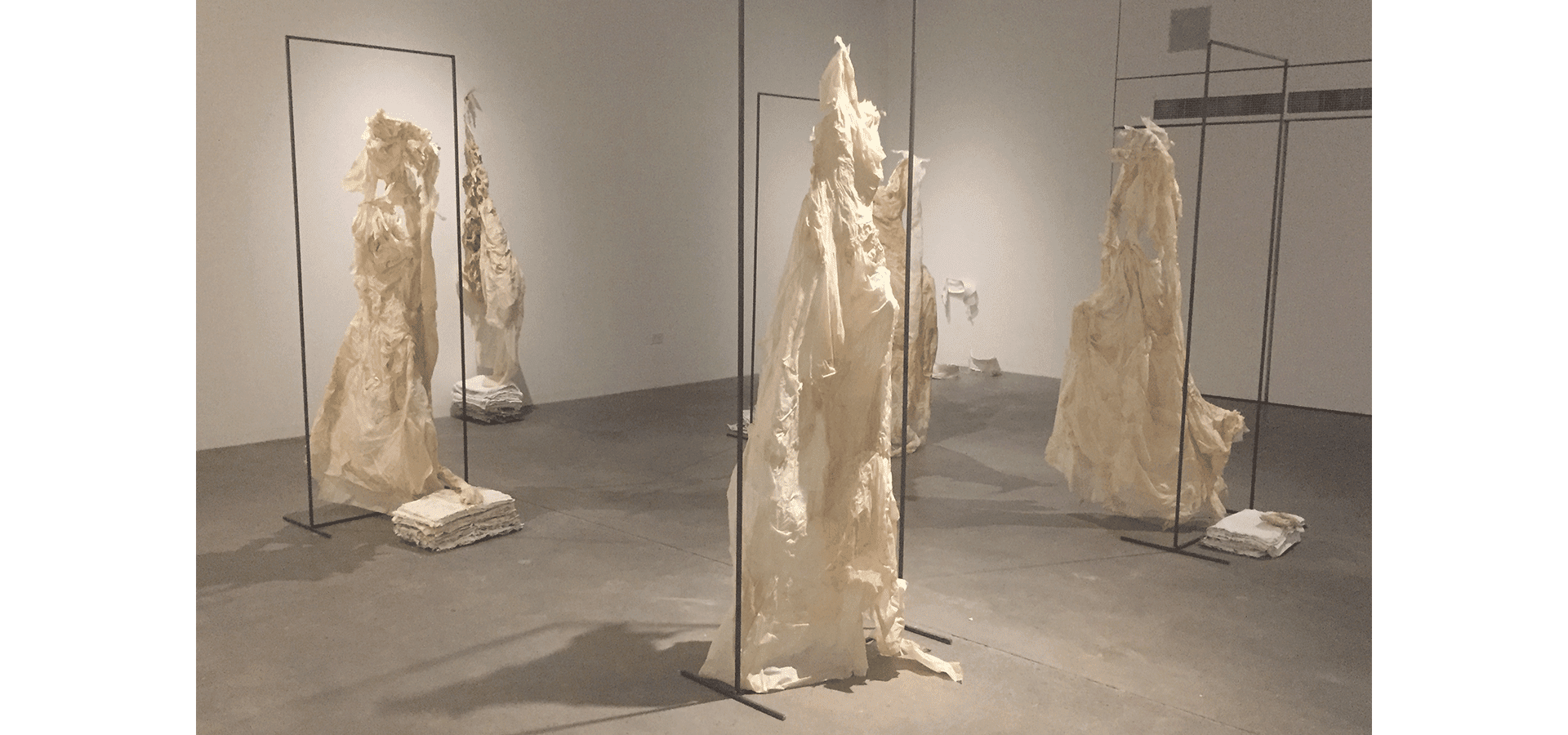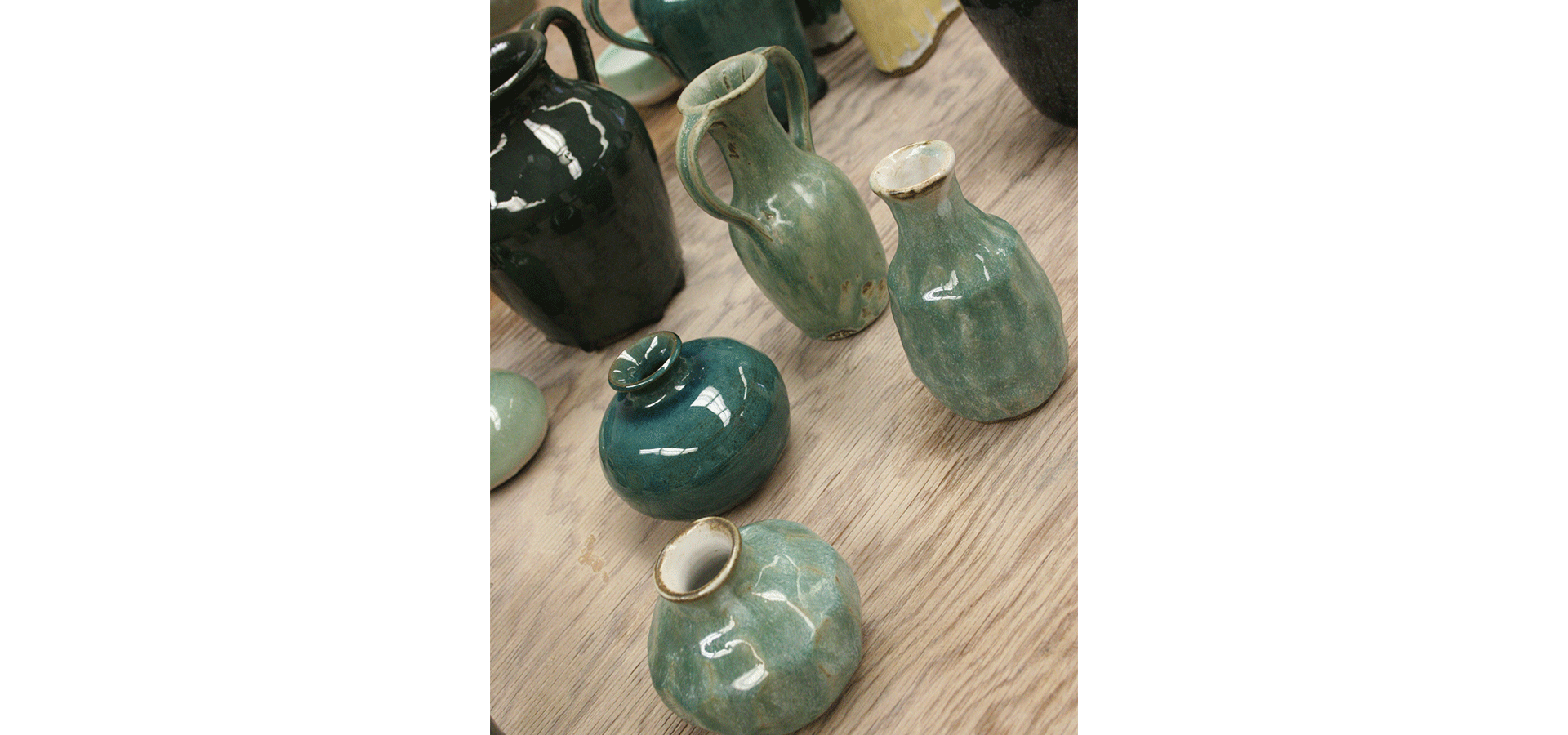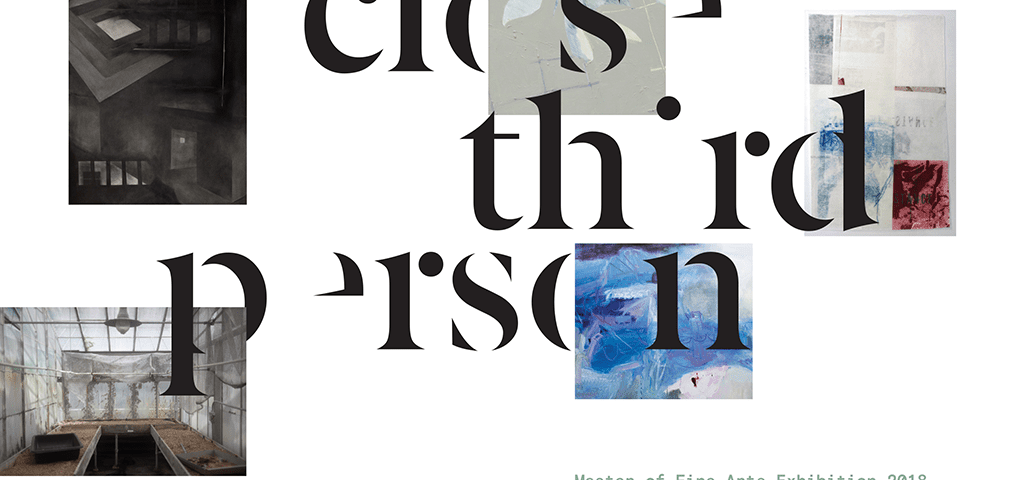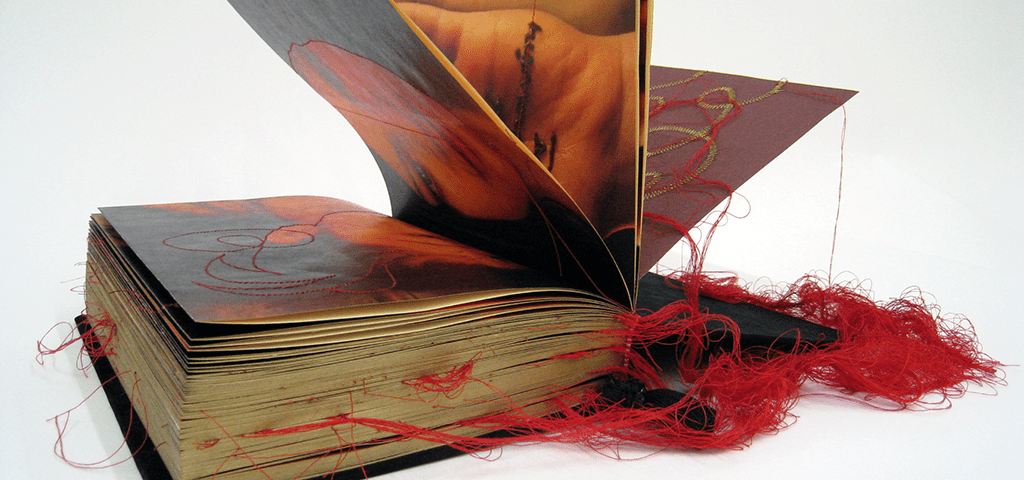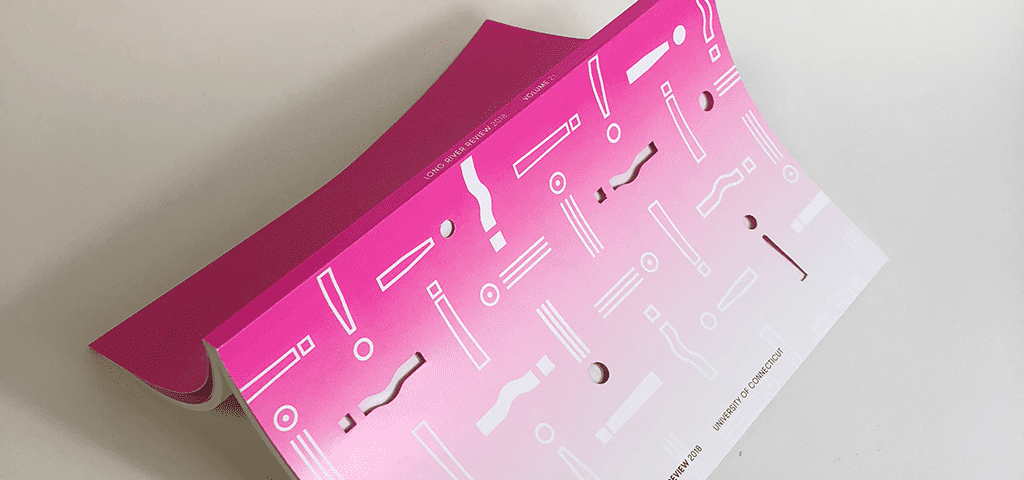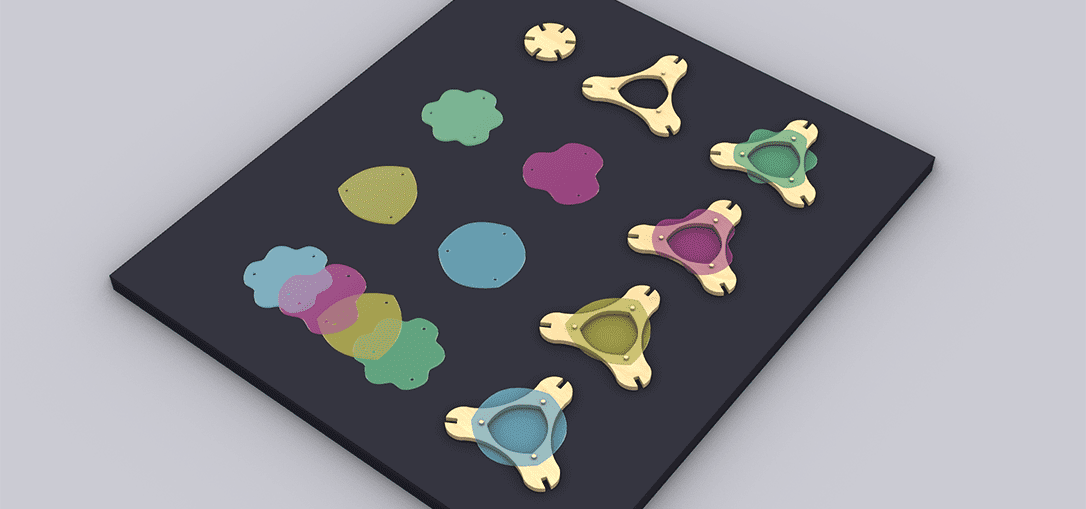If you want to succeed and thrive in today’s world, says HuffPost, go to art school.
Why?
Studying the arts teaches us how to "see," giving us the creative and visual literacy tools to navigate an ever more visual world. Art assembles and coalesces disparate bodies of knowledge, ideas, and perspectives: learning to become practitioners and scholars of art provides the skills to create, critique, engage, and communicate—skills needed in all walks of life.
Art has the transformative capacity to change the way we see and understand the world. It can productively defamiliarize the ordinary and everyday so people can look at society, culture, bodies, landscapes, and the future in new and expansive ways. Art and design enrich our lives and offer rewarding, fulfilling, and sustainable careers.
To prepare students for a multitude of careers in the arts and beyond, the Department of Art & Art History at the University of Connecticut welcomes all artists, designers, and scholars committed to pursuing practice and collaboration, research and investigation, and who share our values of conceptual and scholarly rigor, creative aspiration, manual and digital dexterity, and formal expertise. Art & Art History is a dynamic community of artists and scholars that offers students a rich mix of resources, courses, events, and experiences designed to reflect and expand the creative, productive, and scholarly potential that the visual arts hold in contemporary society.
We are dedicated to excellence in both creative and scholarly work in our undergraduate and graduate programs of study. Fully accredited by the National Association of Schools of Art and Design (NASAD), the Department empowers students to find their own voice as scholars and makers. Housed within a top-tier Research 1 university, Department faculty and students actively engage with research institutes, programs, and communities across campus and beyond, bringing the imagination and passion of the arts to bear on our shared goal of creating outstanding global citizens.
Exhibition

2024 BFA Exhibition
The Department of Art & Art History had an amazing degree exhibition of graduating BFA student work in April 2024. The exhibition was located in the VAIS Gallery in the Art Building with 30 artist and designers exhibiting their work.
Resources
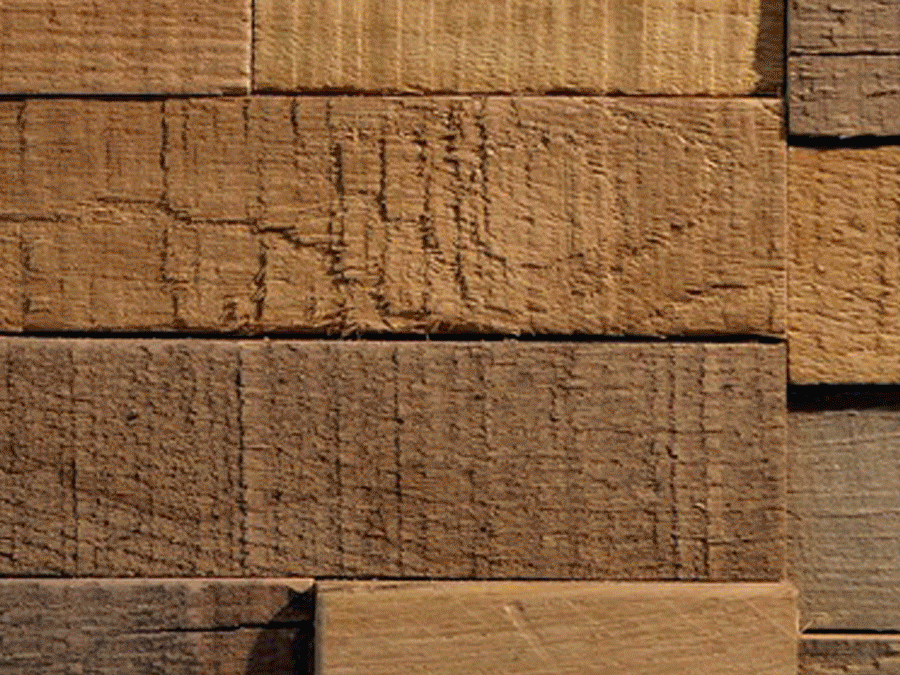
Open House
The Department of Art & Art History is excited to announce the opening of the brand new Materials Library. The Materials Library is a teaching collection that supports students and faculty across the University of Connecticut by offering open, hands-on access to raw, manufactured, and reclaimed material samples. The Library mission is to drive research, creativity, and innovation across academic disciplines by providing a collaborative platform for investigating the materials that shape our world.
The Materials Library is located in the Design Center as an initiative within the Department of Art and Art History
Open House March 5th, 5:00-7:00 pm
Art Building Design Center, Room 108
BFA & BA
Undergraduate Degree Programs
The Department of Art and Art History at the University of Connecticut offers intensive degree programs to prepare individuals for numerous careers in the arts. A critical and essential asset and outcome for all graduates is adaptability. The rich and diverse programs introduce students to a wide-array of digital and manual making and form-giving skills and techniques framed within an art historical and humanities context and further broadened by the general University curriculum. These features provide the foundation for informed critical thinking, problem analysis and creative resolution.
Bachelor of Fine Arts (BFA) in Art
Bachelor of Arts (BA) in Art
Bachelor of Arts (BA) in Art History
Bachelor of Fine Arts (BFA)
The Bachelor of Fine Arts (BFA) program in Art is designed to provide an enriched educational environment that develops and nurtures the full range of capabilities necessary for a career in the visual arts. Skills addressed include: a mastery of requisite technical skills, the use of technology across the curriculum, experience in critical and creative problem solving, visual literacy, knowledge of historical modes of expression in the visual arts, and mastery of written modes of expression.
Graduates of our BFA program have gone on to successful careers as professional artists, designers, photographers, and illustrators, college professors and high school teachers, and arts administrators and curators, among others. They have pursued graduate study at some of the most prestigious MFA programs around the world, including Rhode Island School of Design, Yale University, Virginia Commonwealth University, the Royal College of Art and Goldsmith's London.
In addition to their classes, many students are involved in student government and co-curricular activities, internships, and study abroad, all of which help build professional skills and contacts.
Bachelor of Arts (BA)
The Bachelor of Arts (BA) program in Art provides you with the best of two worlds: the intimacy of a small and vibrant art school, situated within an intellectually engaging major research university. The BA allows students to pursue their passions and talent for studio art in its many forms — image-making, form-making, art history, design, visual storytelling (in still and moving images), while also exploring literature, history, sciences, and so much more. Students have access to a wide array of art-making and exhibition spaces, as well as emergent and convergent methods and digital and manual technologies.
Minors
A minor is an officially-recognized cluster of coursework elected in a department other than one’s Major department. The minor provides official transcript recognition of a supplementary scholarly interest, a pattern of courses pursued in addition to the structured program of your major. Minors serve several purposes. For many students, a minor imposes some useful structure upon the task of choosing elective courses in a favorite subject. For others, a minor ensures that the transcript will show a mature diversity of academic pursuits. Some students feel that a minor field will signal something to prospective employers about their skills and interests. Others find themselves majoring in a field that isn’t their first love, and the minor helps ease the discomfort of such a choice. By electing the Studio Art minor you can give shape and substance to an interest in art and design. Students who wish to complete a minor in Studio Art must take at least 15 credits (earning a grade of C or better) of Art courses including either ART1010, 1030 or 1040 and five additional Art courses at the 2000-level or above.
Art & Design Concentrations
Graphic Design
Graphic Design in the Department of Art & Art History is predicated upon Graphic Design as a multifaceted discipline in the art and practice of verbalizing, visualizing and communicating ideas. This approach offers students the creative, intellectual and technological skill sets necessary to become design practitioners engaged with real world design opportunities.
Illustration/Animation
Illustration/Animation concentration prepares students to pursue visual narrative storytelling as an applied art creatively and professionally. Emphasis is on creative process, visual thinking, communication, authoring extended illustration and/or animation works, and understanding professional practice. Illustration/Animation gives students a working knowledge of both traditional approaches and new technologies. Students merge personal expression with communication goals in their comprehensive professional preparation as they pursue a wide variety of projects in both analog and digital environments, including: book, editorial, institutional, and children’s illustration; 2-D and stop-motion animation; character and environment design; design for products; comics, cartoons, and graphic novels; self-promotion, among so much more.
Industrial Design
Industrial Design is the practice of envisioning and creating solutions to complex problems, in the context of human experience. Industrial Designers apply research and creativity to identify opportunities for creating new products, services or systems with a focus on human factors, aesthetic value and user input. Industrial Design prepares students to generate creative solutions to complex problems and increase their capacity to be creative thinkers. Human centered design coursework enables students to design objects, environments, systems and experiences that are formulated in the context of real world challenges. By developing resourcefulness and adaptability, students learn to identify and analyze problems and objectively evaluate information to form actionable design solutions. A core objective in Industrial Design focuses on helping students develop a design practice based on ethically sound principles that recognize and value the social impact of design, and create environmentally responsible solutions.
Photography/Video
Photography/Video prepares students for careers from fine art to commercial photography. A central premise of the program is that ideas and techniques are inextricably intertwined, and are explored together. Understanding principles and concepts behind both new and traditional imaging media, and establishing a firm grounding in basic ideas and techniques empowers students to respond effectively to future change. Photography/Video facilities include digital and wet darkrooms providing students with a wide range of experiences from traditional black and white film to state of the art color prints using archival pigment ink sets. Cameras in various formats, tripods, lighting equipment, and other accessories are available for student use. Our lighting studio is available for individual student sessions.
Video provides students with a chance to explore time-based images in an art context displayed in all forms from projections to web and installations. Work addresses personally and socially meaningful subjects framed by the rich history of the medium, and explored through screenings of important videos. A range of digital cameras and editing stations is available for students to use.
Printmaking
Printmaking functions as an intersection where many approaches to print media are practiced in unison. Coursework encourages both dynamic group interaction and independent inquiry. Students utilize fully equipped facilities to investigate a broad range of traditional printmaking media including intaglio, lithography, silkscreen, and letterpress, as well as new and experimental approaches incorporating digital processes, laser engraving and cutting, and alternative types of presentation and media.
Painting/Drawing
Painting has a long history. The decision to be a painter means learning the history of the medium and how one can choose to use or disrupt that history. Painting/Drawing values painting as a language that comprises a vocabulary of symbols, metaphors, representational systems, and documentary ambitions, and material processes. From the earliest images on cave walls, painters have found inspiration in both the world around them and their own internal worlds. Issues of representation are explored through projects that inspire risk-taking and discovery. Equally important are projects that encourage thematic investigation, whether it be through observational painting or investigations of personal, political, and socially coded imagery. Abstraction, conceptual concerns, and mixed media serve as vehicles for extending the painting experience.
Sculpture/Ceramics
Sculpture/Ceramics immerses students in multidimensional art making including functional forms, sculptural objects, site specific installation, community engagement and performance art. Students pursue material and conceptual investigations in new and traditional media in fully equipped woodworking, metalworking, digital sculpture, mold making and casting, and ceramics studios. Design and craft balanced with history and theory engage creative practice within contemporary culture and society.
BFA & BA Student Work
Why study Art History?
"Art history is your path to decoding our visual world” Huffington Post
Bachelor of Arts
We live in a visual world. But do we understand what we are seeing? How can we see with more historical context? More agency? How can we transform this visual world?
Answer: Art History.
Art History at UCONN focuses on art’s transformative capacity to change the way we see and understand the world. Art History emphasizes not only the aesthetic and historical meanings of art, visual culture, and objects, but also their ability to address issues of social justice and social significance in our increasingly visual world. Art History endows core skills—critical seeing, thinking, and writing—for seeing a better world. There is no field, no career, no area of work that is not enhanced by a degree in Art History. Skills honed by study in Art History are skills needed in all walks of life. Graduates succeed in arts professions such as curatorships, art conservation, gallery and museum directorships and management, arts administration, art critics, and non-profit work. Yet most take the skills gained through their study of Art History to pursue careers in areas such as law, healthcare, business, international relations, publishing, politics, and marketing.
Minor
A minor is an officially-recognized cluster of coursework elected in a department other than one’s Major department. The minor provides official transcript recognition of a supplementary scholarly interest, a pattern of courses pursued in addition to the structured program of your major. Minors serve several purposes. For many students, a minor imposes some useful structure upon the task of choosing elective courses in a favorite subject. For others, a minor ensures that the transcript will show a mature diversity of academic pursuits. Some students feel that a minor field will signal something to prospective employers about their skills and interests. Others find themselves majoring in a field that isn’t their first love, and the minor helps ease the discomfort of such a choice. The Art History minor provides students with an interdisciplinary understanding of the current and historical roles that the visual arts play in a range of artistic, cultural and social contexts. Students are required to complete 15 2000-3000 level credits in Art History drawn from three categories: Art from the 19th Century to the Present; Art from Global Perspectives; Ancient, Medieval, or Renaissance Art.
MFA
Graduate Degree Programs
UConn’s MFA Studio Art program is a fully funded three-year graduate program in a Research 1 university. The program supports a broad range of art making including painting/drawing, photography/video, printmaking, and sculpture/ceramics/installation/performance with an international faculty and superior and generous facilities centrally located in Southern New England for easy day trips to New York, Boston, Providence, Hartford, and New Haven. The program culminates with an exhibition in a New York City gallery and a thesis exhibition in UConn's William Benton Museum of Art.
